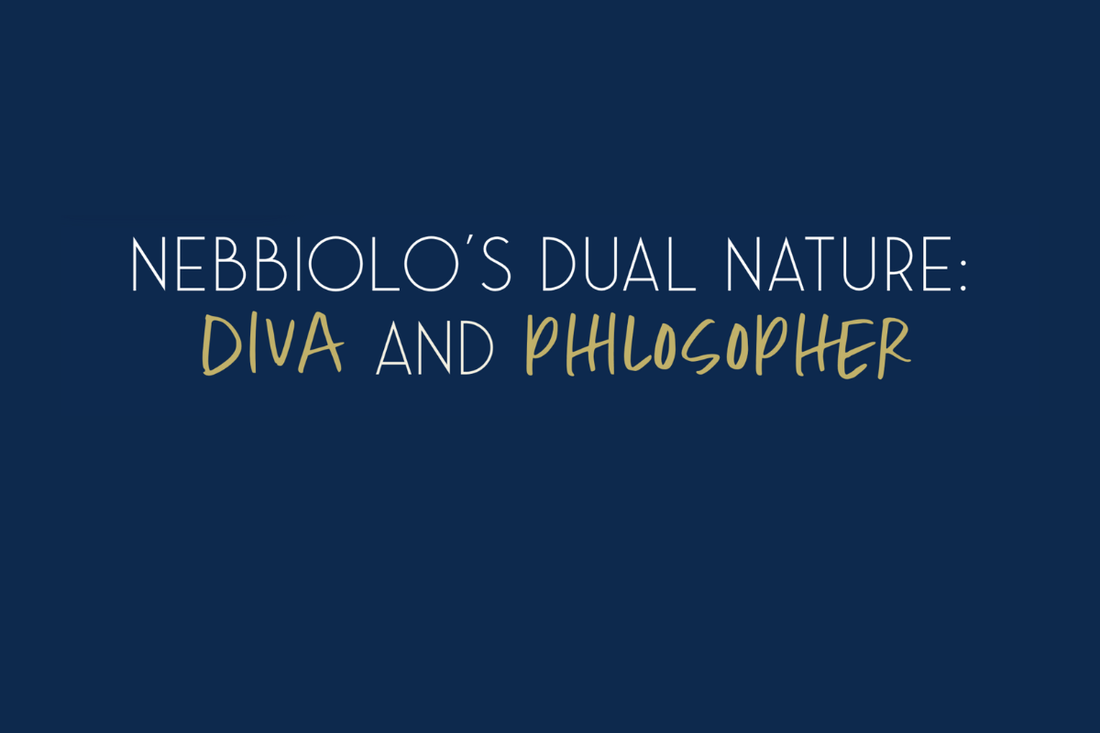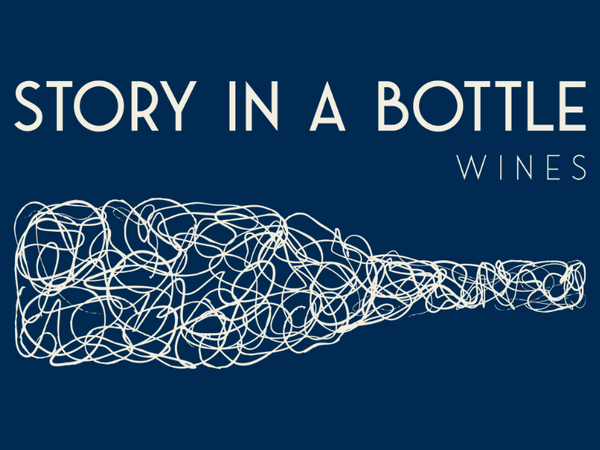
Nebbiolo's Dual Nature
Share
Despite all its international fame and being the grape responsible for Barolo and Barbaresco, the King and Queen of Italian wines, Nebbiolo is a real homebody. Nebbiolo is grown in a few pockets around the world, but 90% is grown in Italy, and Piedmont alone accounts for about 80% of that figure with the rest mostly in neighboring Lombardi.
It’s a famously finicky grape despite its thick skin. Nebbiolo can be a real diva in the vineyard. Its buds form early, increasing the risk of damage from spring frosts. Nebbiolo is also one of the last grapes to be harvested—often in October—making it vulnerable to autumn rains and fall hailstorms. The dense fog (nebbia in Italian), from which the grape draws its name, that blankets Piedmont’s hill’s every fall has a critical cooling effect that allow the grapes to hang on the vines longer and develop deeper aromas and flavors.
It’s also very site specific. Even small changes in altitude, slope, or soil composition can dramatically affect its quality. That’s why it thrives only in select regions of Piedmont, especially on south- or southwest-facing slopes with calcareous marl soils.
Nebbiolo's elevated levels of tannins and acidity also call for careful handling in the cellar. If not managed properly, the resulting wine can be astringent and unapproachable.
Nebbiolo also produces wines that are surprisingly pale in color, often misleading to consumers expecting deeper hues from bold reds. And yet, despite its many diva-like qualities, or perhaps because of them, Nebbiolo’s depth and complexity make it more of a philosopher in the glass—each sip a quiet meditation of rose petals, spices and tar, unfolding slowly with a rich wisdom earned over time.
